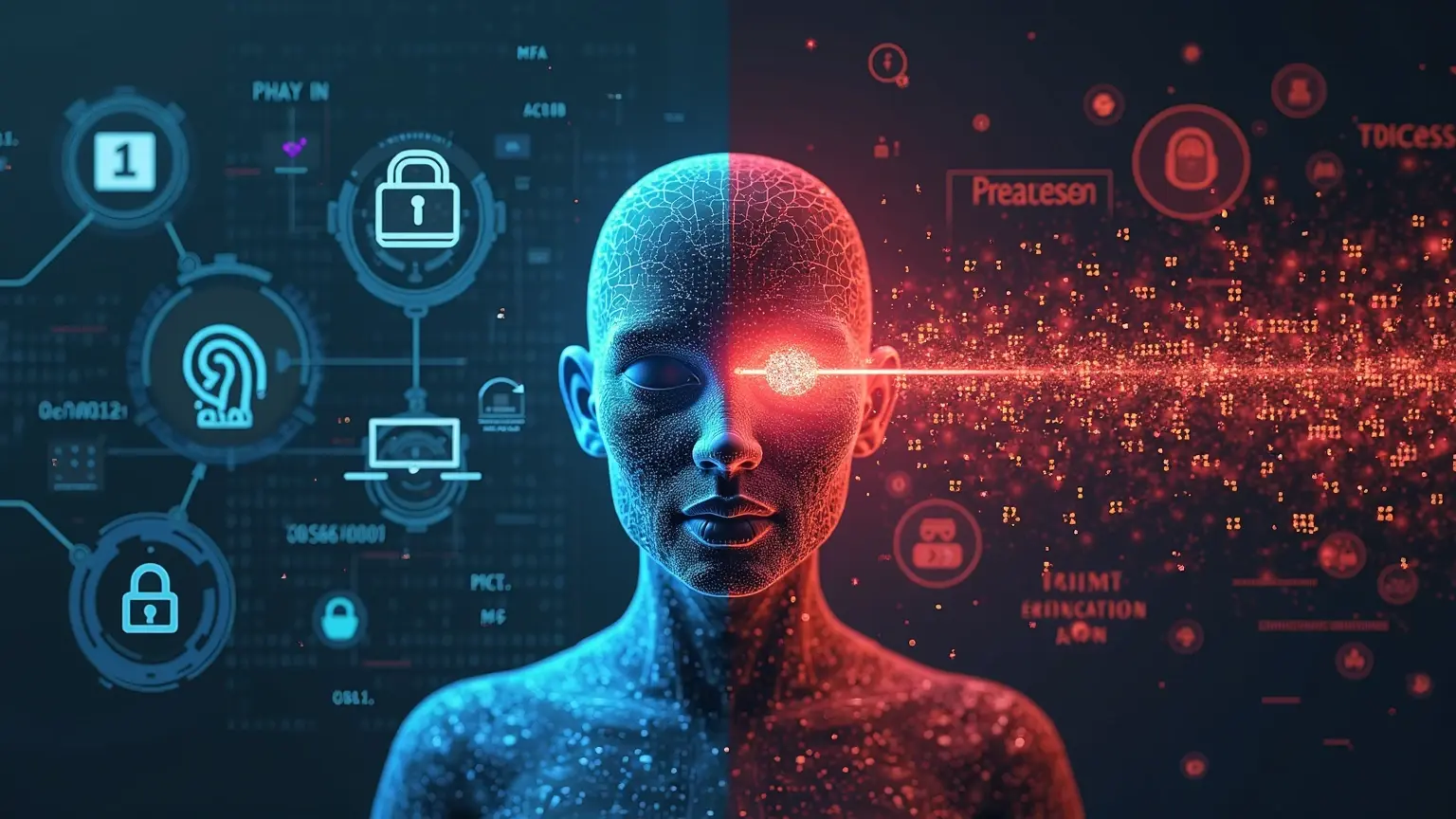The evolution of digital identity in 2025 is marked by a striking duality: rapid adoption of security technologies like MFA and passwordless logins, and an equally sharp rise in identity breaches. The identity landscape is more fortified—and more vulnerable—than ever.
Identity security upgrades accelerate
According to RSA’s midyear report, multifactor authentication (MFA) adoption rose 41% globally in the first half of 2025. Passwordless technologies, including biometrics and device-based access, are becoming the norm across enterprises seeking resilience against phishing and credential theft.
Opinion
Trust in digital identity can’t rely on static defenses. It must evolve as dynamically as the threats it faces—automated, adaptive, and context-aware.
AI: both guardian and gateway
AI is enabling smarter, real-time authentication by analyzing behavioral patterns and contextual cues. Yet the same AI can be leveraged by attackers to probe systems, bypass detection, and exploit weak links in complex architectures. This dual-use nature makes AI the center of the identity battleground.
Trend Analysis
Expect further convergence of AI and decentralized ID frameworks. Blockchain-based authentication and user-controlled identity wallets are gaining institutional traction, especially in Europe and Southeast Asia.
More protection, more surface area
Ironically, the proliferation of identity systems has created a larger attack surface. Federated login systems, cloud-based SSO platforms, and decentralized ID solutions—though secure by design—depend on perfect implementation. Misconfigurations and API vulnerabilities remain common breach vectors.
Spoiler
By 2026, over 60% of major breaches will involve misconfigured identity platforms—despite record investments in cybersecurity tools.
The new normal: resilience and zero trust
Organizations are shifting from reactive cybersecurity to proactive identity resilience. Zero trust architectures—built on continuous verification and micro-authentication—are now mainstream. However, small and mid-size businesses often lag behind due to resource constraints, widening the protection gap.
Conclusion
The cyber identity frontier is at a crossroads: innovation is outpacing infrastructure, and resilience depends on smarter design. Securing identity in 2025 means outthinking—not outspending—threat actors.
Frequently Asked Questions
- What is driving the shift toward passwordless authentication?
- Growing phishing threats and user fatigue with password management are pushing companies toward biometrics, device-based login, and magic links.
- Are AI-powered identity systems safe?
- They improve security by enabling adaptive verification, but they must be continuously monitored and tested to prevent exploitation.





Expert Comment